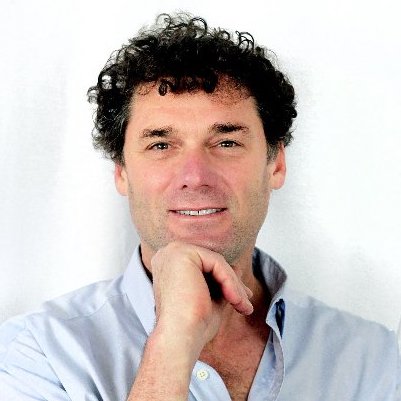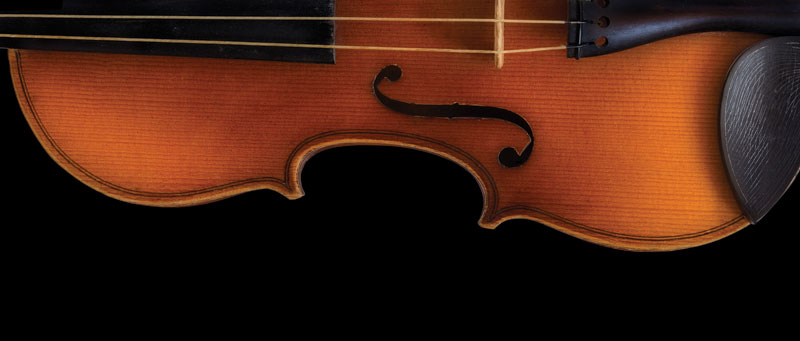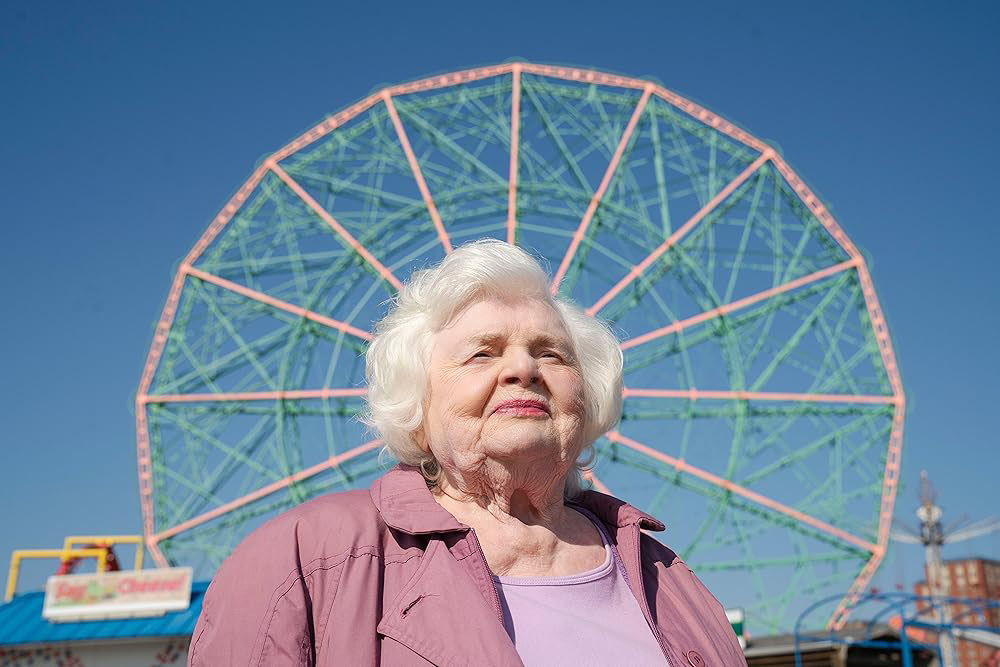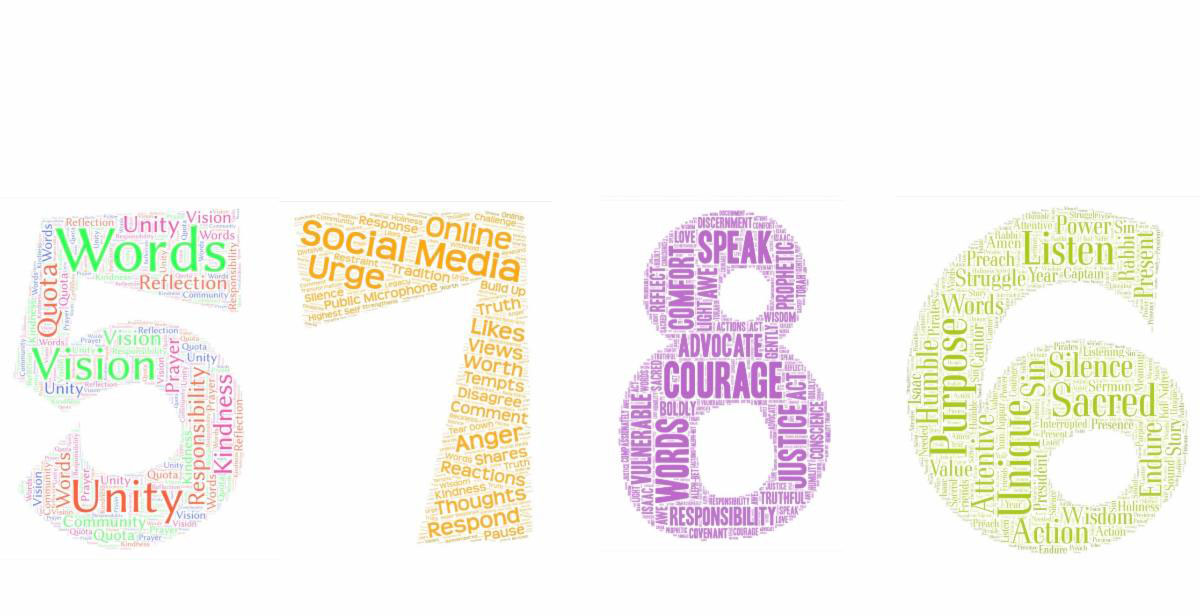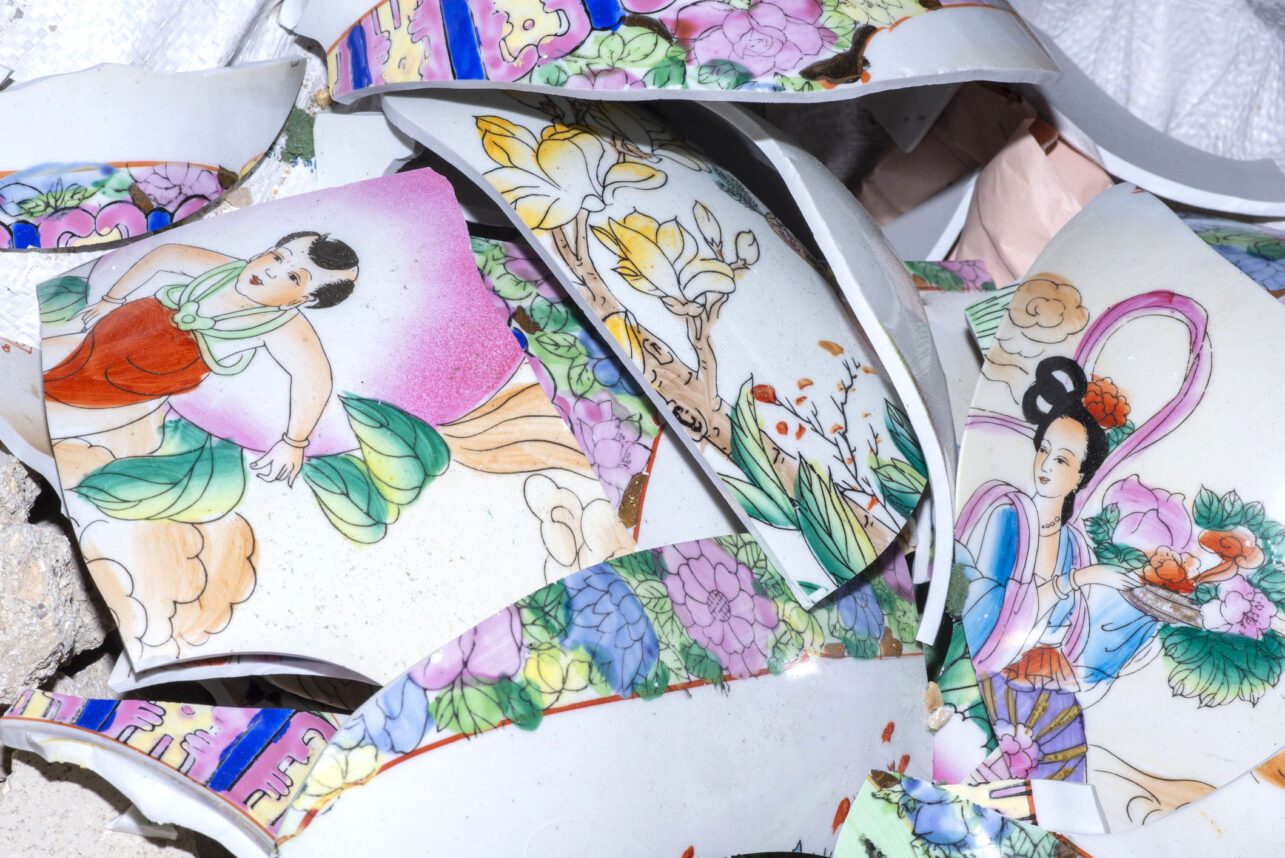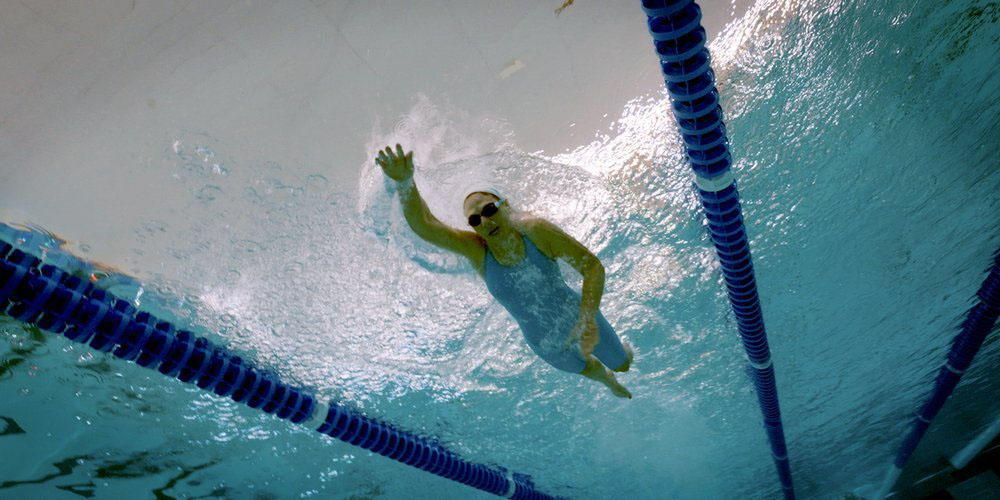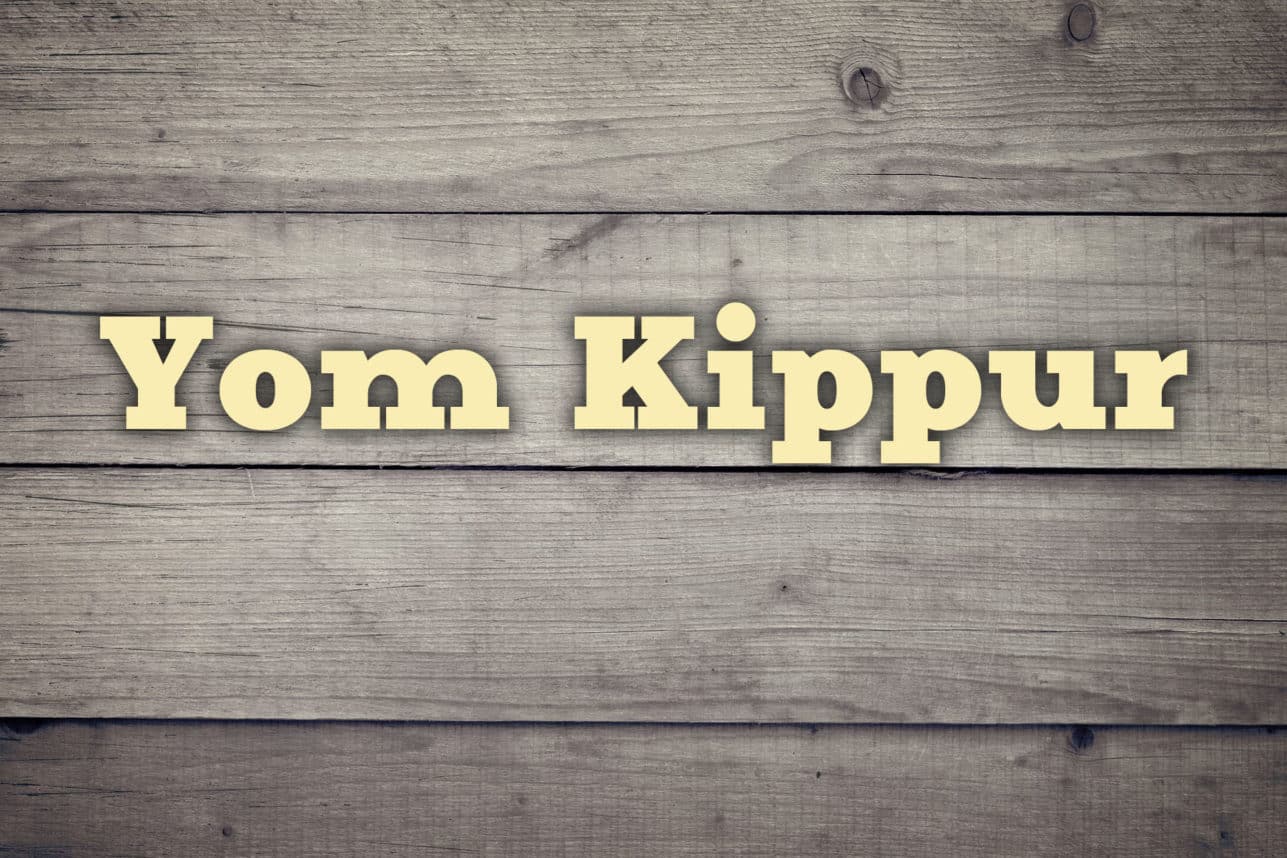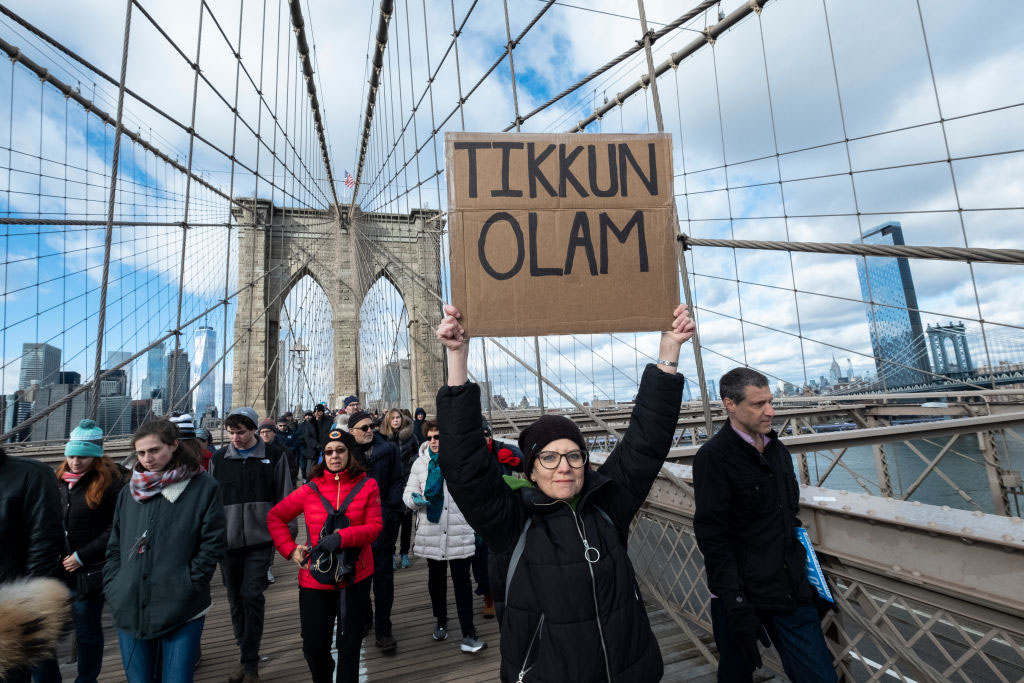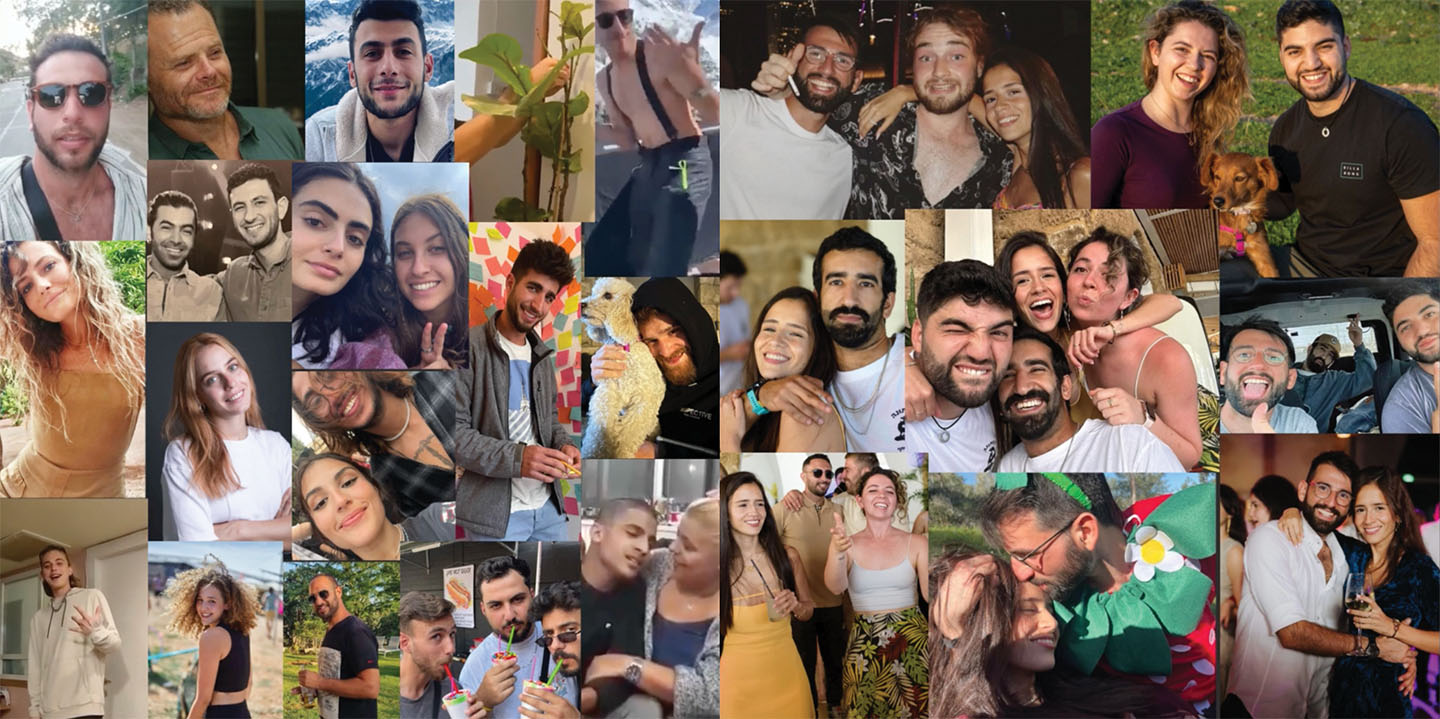Mike Gold* had a successful small business, a nice home, a wife and two kids when he began to wonder about his soul. Questions about life’s meaning, about God and spirituality and his Jewish heritage would not go away. “I started studying Judaism by myself, and I realized,” he said, “I didn’t know anything.”
That’s when Gold cracked opened a book he had purchased months earlier. Some young men had approached him at his business and convinced him to buy it. They were from the Kabbalah Learning Center.
“It touched me deeply,” said Gold. “It was way above any reading I’d ever done.” He started getting up at 3 in the morning to pore over the book’s teachings. He began attending classes and services at the center’s Los Angeles headquarters on Robertson Boulevard. The center, his new friends told him, had changed their lives, and it would change his. As Gold readily acknowledges, they were right.
The place really wows you,” said Gold, about his first impressions of the Kabbalah Center. Evidently, he is not alone. Located just south of Olympic Boulevard, where the Orthodox Pico-Robertson neighborhood kisses the hem of Beverly Hills, the center is perhaps the fastest-growing and most far-reaching Jewish institution in Southern California.
Thousands of people take its classes, buy its books and tapes, and participate in services. Any Sabbath morning will find the 350-seat sanctuary of the handsome Mission-style building filled to capacity by mid-morning. A great many of the congregants are Israeli, Iranian and unaffiliated young American Jews such as Gold—the kind of Jews more established congregations have tried to attract but with little success.
Celebrities have raised the center’s cachet even more. Comedian Sandra Bernhard is a regular, Madonna takes classes—and personal advice—there, and Roseanne takes a whole row for herself and her entourage during Yom Kippur services. Laura Dern, Diane Ladd, Merv Adelson and Evelyn Ostin, the wife of entertainment mogul Mo Ostin, have also taken classes.
While many Jewish organizations are barely scraping by, the Kabbalah Center, which is based in New York, has flourished financially. The Los Angeles branch was founded 13 years ago in a one-bedroom Westwood apartment. Two years ago, it purchased the Robertson building, a former youth center, for about $2 million. The center’s 1994 federal tax returns, provided to The Jewish Journal by Jerusalem Report correspondent Vince Beiser, show current net assets of $14.3 million. Last month, the center began a search for larger Los Angeles headquarters.
The Los Angeles center’s success is matched worldwide. The Kabbalah Center recently moved into $4.5 million headquarters in downtown Tel Aviv, from where it oversees branches in four Israeli cities that serve some 10,000 people, according to Rabbi Moshe Rosenberg, a teacher at the KLC there and a center trustee. In New York, South America, Canada, France and Mexico, the center is constantly expanding, attracting thousands of young Jews.
That a Jewish institution has met with such success would—or should—normally be the cause of much rejoicing in the Jewish community. But if a golden touch blesses the center, a cloud of rumors, investigations, lawsuits and exposés shadows it. “What they’ve done is taken Kabbalah and twisted it out of shape for their own purposes, and it’s very destructive,” said Congregation Neve Shalom’s Rabbi Steven Robbins, founder of the Jewish Federation Council of Greater Los Angeles’ Cult Task Force. “This is not Judaism. This is not kabbalah. This is narshkeit [nonsense].”
But supporters hail the KLC as a salve for all the ills of the modern soul. The center survives on and solicits contributions like any synagogue, they say. And adherents are no more loyal than Chassids are to their rebbes. Said Michael Berg, the son of the center’s founder, Rabbi Philip Berg: “We teach kabbalah; we wear white on Shabbat. Is it a cult or is it a group that is different from what you’re used to?”
Men in White
For Mike Gold, who was raised in a nonobservant Fairfax-district Jewish home, the experience was different, and powerful.
On Sabbath, the synagogue fills with men and women, almost all dressed in symbolic white clothes. The service follows Orthodox tradition, with the sexes separated, a sermon in English and the prayers—along with additional phrases unique to the center—chanted in Hebrew. There is a level of intensity and participation rarely found in most congregations.
Gold began spending Sabbaths away from his family in order to attend. He also drove back and forth from the San Fernando Valley twice a week for the 6:30 a.m. minyan. Like most adherents, he took several of the classes that were available on such topics as “The Judaic Process of Reincarnation” and “Meditation I.” He bought 250 of the center’s tapes and books.
Gold’s home, business and bank account had been ravaged by the Northridge earthquake. He and his wife, Ellen, argued constantly about the amount of time and money he was spending at the center. Eventually, though, she joined him there “for the sake of saving my marriage,” she told The Journal. “I got swept up. These people had the answer, and no one else did.”
The couple flew to New York to attend huge holiday services. “It was like a rock concert,” Gold said. ““Neilah” [the concluding Yom Kippur service] was so powerful, you’d think John Lennon rose from the dead.”
But Ellen Gold’s full exposure to the center only confirmed her suspicions. When her husband refused to decrease the money or time he spent there, Ellen Gold thought she had no choice. “I kicked him out of the house,” she said.
Out of the Corners
Long shunted into the corners of Jewish life, kabbalah is resurfacing as the way into Judaism for a generation of seekers who are uninspired by more standard Jewish teachings and who are eager for the Jewish take on New Age concerns such as astrology, meditation and past lives. Of the many synagogues and institutions offering courses on kabbalah, the center, despite the controversy that surrounds it, is packing in the biggest crowds.
“I felt like I wasn’t getting spiritually what I needed from Conservative or Orthodox Judaism,” said a middle-aged woman who became involved in the center several years ago. Like this woman, who declined to be identified, several of the people interviewed for this article had followed other so-called New Age practices. The center, they said, was answering a similar need, but Jewishly. “It was the first time I’d seen Judaism from a more spiritual point of view,” said one activist.
Rabbi Shlomo Schwartz of the Chai Center doesn’t doubt that the KLC’s numerous Jewish celebrity supporters have had similar paths. “They’ve gone the Deepak Chopra-Shirley MacLaine route, and now they’ve come full circle,” he said.
Haifa-born Rafi Feig, the owner of Closets-By-Design, said that Israelis like him are attracted to the center because many “are looking for answers. It’s not about being a religion. It’s about the spiritual side.”
Rabbi Philip Berg’s take on kabbalah stresses submerging the ego to bring “the light of the Creator” into one’s life, said Michael Berg.
For people such as Feig, the teachings have deeply enriched their lives. Milt S. (not his real name), a Simi Valley businessman who prefers anonymity, said that he was raised Conservative and had gone to synagogue “maybe 15 times in the last 20 years.” Berg’s teachings, he said, provided “the first time I’d seen Judaism from a more spiritual point of view. It helped me understand how to commune with God. He’s given modern language to kabbalah.”
The question that critics have is whether Berg, who has greatly succeeded in channeling this new awakening to kabbalah, is kabbalah’s most authentic teacher.
An Inferior Product?
Dr. Rabbi Philip Berg was born Feivel Gruberger in New York in 1928. Ordained in an Orthodox seminary in Queens, he was a successful insurance salesman before a 1962 visit to Israel brought him in contact with kabbalist Rabbi Yehudah Zvi Brandwein. Berg, who Hebraized his name upon moving to Israel, drew close to Brandwein, married the rabbi’s niece, and began distributing Brandwein’s books in the United States.
After Brandwein’s death in 1969, Berg declared himself the heir to the kabbalistic dynasty of Brandwein and Brandwein’s teacher, Rabbi Yehuda Ashlag, and he founded the Kabbalah Learning Center. Sometime later, he divorced his wife, with whom he had 10 children, and married Karen Berg, who leads the KLC with Rabbi Berg.(Over the years, he has refused to divulge to journalists the source or the field of his doctorate.) The yeshiva of the late Rabbi Ashlag has issued a statement, disassociating itself from Berg. According to Tel Aviv magazine, Baruch Horenchick, the late Rabbi Brandwein’s aide, said that, “the rabbi never acknowledged [Berg].”
In reply, Michael Berg told The Journal that he is editing a book of correspondence between Brandwein and his father, which will prove their close relationship. Journalist inquiries about the center are directed to the Berg’s two sons, Rabbis Michael and Yehuda Berg, who, with their parents, travel the world to teach and manage the KLC’s affairs.
An activist core of about 75 people make up the Los Angeles center’s teaching and support staff. Many live together in KLC-provided housing around Pico-Robertson and volunteer at the center, selling books door-to-door, answering phones, even staffing an information and book-selling table on the Venice Boardwalk.
But critics contend that what Berg teaches, and what these hevrei spread, is not kabbalah at all. “It’s an inferior product,” said Rabbi Jonathan Omer- man, who teaches kabbalah at the Metivta Center for Jewish Wisdom, which he founded.
Many of the center’s harshest local critics, such as Robbins, Schwartz and Omer-man, teach their own kabbalah classes, none of which draws the crowds of the KLC. But, said Robbins, their criticisms are “not sour grapes. If they, in fact, were doing what I believe to be beneficial, I would ask to be a part of it.”
In any case, the local rabbis are not alone. The KLC has been denounced in documents circulated by the Orthodox rabbinical councils of Queens and Toronto, by Jerusalem’s highest rabbinical court, and by Sephardic Rabbi Itzhak Kadouri of Jerusalem, widely considered the world’s greatest living kabbalist. In a statement issued by his yeshiva, Kadouri maintained that kabbalah can only be taught to “Jewish men who have completed full study of the Talmud.” Anyone who supports Berg, he stated, “is endangering his soul.”
“Politics,” said Michael Berg, claiming these same rabbis supported Berg until his popularity increased. In any case, said Michael Berg, “worse things were said about the Baal Shem Tov than about the center.”
Sore points for the critics include:
* “Scanning,” a KLC practice that means looking over the pages of the Zohar, the five-volume central kabbalah text, even though some can’t read the Hebrew it’s written in. “The Hebrew words are channels through which light is transmitted,” said Michael Berg.
“It’s like an Evelyn Wood thing,” said the Chai Center’s Rabbi Schwartz. “This is so anti-intellectual, and we are the People of the Book.”
* Teaching that the victims of the Nazi Holocaust chose or provoked their fate. Inflammatory as this subject may be, the conclusion is inevitable considering the center’s approach to kabbalah. “We should all remember this,” wrote Karen Berg in a recent issue of Kabbalah, the KLC’s magazine. “If it happens to me, I must deserve it.”
“If you look at it in the big picture, the Jews were, in some way, the cause,” said Michael Berg. The KLC’s promotional video, “The Power of Kabbalah,” states that Ashkenazic Jews were slaughtered and Sephardic Jews were saved because only the latter studied kabbalah. “That’s ridiculous,” said Dr. Alex Grobman, national director of the American Society of Yad Vashem. “The Sephardim were simply not in the Nazi’s line of fire.”
* The lack of traditional Jewish instruction. “Real kabbalists were also Talmudic scholars,” said a local Orthodox rabbi. “People can’t have a full spiritual experience without putting in the work.”
The Orthodox particularly abhor the KLC’s non-halachic approach to Jewish learning. “They’ll sell you a Zohar before they sell you a mezuzah,” said Schwartz.
But most KLC participants, said Eitan Yardeni, a senior teacher at the Los Angeles center, have “never been involved” in Jewish learning. For them, learning observance is secondary to learning spirituality and kabbalah.
* Teaching love, preaching intolerance. Rabbi Berg emphasizes the importance of “causeless love” among Jews. But at least one public utterance seems to fall short of that. At one Shabbat service, which The Jewish Journal attended, Berg, who was in town, sermonized that rabbis who oppose the center “don’t want you to know the truth. They want you to live in chaos. They are the enemies of enlightenment.”
Kicked out of his home, Michael Gold moved in with some hevrei in a townhouse near the center. He stayed there four months. During that time, he claims, an activist repeatedly tried to convince him to divorce his wife, Ellen. The activist, now in Israel, denied this.
One evening, while Gold was home visiting his children, Ellen asked him if he wanted to see documents originally compiled in 1993 by Rachel Bernstein, then coordinator of the Cult Clinic of Jewish Family Service of Los Angeles. The documents—newspaper articles, rabbinical decrees and tax returns, all shared with The Journal—paint a highly critical portrait of Berg and his center. Gold agreed to look through them. “I’m not sure you’re ready for it,” his wife said. “Yes, I am,” he answered.
$1,571 and a Sheep’s Head
Most former KLC activists say that the constant pressure to give money is what finally drove them out. “At first, we had fun; we were getting into it,” said one Israeli woman formerly involved with the center. “After that, we felt everything changed. I felt they were after our money. They said, ‘As much as you give, God will give you a better income.’” Two years ago, the woman, who spoke on condition of anonymity, donated $1,200 to have a Zohar printed in memory of her father. She has yet to see it, she said. KLC staffers told her—and several others with similar stories—that when the personalized Zohars are printed, she would have to purchase a copy. Michael Berg said that a copy is given free to those who pay for their dedication.
The center, points out Feig, charges no dues. Services, including those during the High Holidays, are free. Its sole means of support is through the sale of books (the KLC charges $350 for a set of Zohar with commentary, which retails at religious bookstores for about $130), ritual objects and tapes, class tuition, and donations. Donations are its lifeblood, said Feig, as they are at any other congregation. “They’re not asking; they’re suggesting,” said KLC supporter Milton S. “It’s a good cause. People who aren’t giving are not going to get good things in life.”
Gold estimates that he gave close to $11,000 over a period of four years. “There was a constant push to give money,” he said. What grated, he said, was not the giving. Mainstream synagogues often solicit and receive much larger amounts from their members. What upset Gold, he said, was the center’s implication that talismanic powers were attached to his contributions. When a teacher at the center suggested Gold write a check for $1,571 because it was “a special number” for him, Ellen asked her husband, “Can’t we just give $15.71? Why should God care about a decimal point? I’m sure He wouldn’t care if we gave $15,710.”
When Gold wondered why their donations hadn’t protected them from bad things, as he was led to believe they would, the intense, Israeli-born Yardeni, 33, provided a rationale: The devastation wrought by the Northridge quake provided Gold an opportunity for growth. “You can stick Eitan out in the middle of the forest, and the next morning, he’ll have a minyan,” said Gold. “He can explain anything in terms of kabbalah.”
But Gold had another question.
“I went back to the townhouse and asked the hevrei I was living with, ‘If Rabbi Berg asked you to jump off a building, would you?’ They said, ‘If Rabbi Berg promised I’d be safe, then I would.’”
That was it for Gold. He returned home, leaving the center for good. “Most of the people there I like a lot, but I’m just pissed off,” he said. “When you divide families, what kind of spiritual thing is that?”
A KLC congregant close to Gold said that his friend just overreacted to some misunderstandings and that Gold’s wife unduly influenced him. “She’s one of the most negative people I’ve ever met,” said the congregant.
Like many of the people contacted for this article, Gold is worried about speaking publicly against the center. In fact, of the half dozen former activists interviewed by The Journal, only the Golds agreed to let their full stories—though not their names—be used. “I was told terrible things have happened to people who leave the center,” he said.
Several rabbis and leaders of Los Angeles’ major Jewish organizations also refused to speak on the record.
Michael Berg and Yardeni call such fears absurd. Rabbi Abraham Union disagrees. His story, whether it implicates the KLC or not, carries the force of myth in the community. When rabbis and Jewish leaders refused to speak about the center to The Journal, they often pointed to Union’s story as reason enough.
During Passover 1992, Union, the Rabbinic administrator of the Orthodox Rabbinical Council of California, telefaxed some colleagues a letter circulated by Toronto rabbis criticizing the KLC. In his fax, Union suggested the RCC send the letter out to all Southern California rabbis. When Union arrived at the RCC offices at 1230 S. Bedford the following day, he found a severed sheep’s head at his doorstep. Several young men appeared at his home that evening and asked, in Hebrew, “Did you get our message?”
Union said that he was certain the men were from the center. He filed a police report, and detectives visited the KLC. They found no evidence of wrongdoing. Union interpreted the incident as a threat to his life. “Of course, [Rabbi Philip] Berg didn’t put it there,” he said. “There’s no proof anybody from the Kabbalah Center put it there. But we never sent out the letter.”
Michael Berg and Yardeni deny that the KLC had any involvement in the incident.
Critics of the center cite the experience of Rabbi Dr. J. Immanuel Shochet of Toronto as a reason for keeping their opinions to themselves. In 1993, when Shochet, a world-renowned kabbalist, denounced Berg and his followers, the KLC sued him for $4.5 million. The case has yet to be settled.
In any case, Rabbis Robbins, Omer-man and Schwartz, who contend that, each year, they counsel dozens of people with problems about the center, say they feel compelled to speak out. “It needs to be an issue in the community,” said Robbins.
Meanwhile, the KLC seems only to grow. Yardeni said that they plan to open centers in the San Fernando Valley and San Diego. The Los Angeles center plans to open a full day school.
Celebrities still flock, mostly for private classes. “There’s a big awakening among stars,” said Michael Berg. Madonna, he said, sought advice from Yardeni on when to deliver her child. Yardeni suggested on the day of the New Moon, which was when she delivered, said Berg.
“There have been bad articles about us for 20 years,” said Rosenberg. “People come even if it’s negative publicity. Any publicity is good publicity. If you knew the place and knew the people, you’d see the truth.” A highly critical exposé in a Tel Aviv newspaper, said Rosenberg, served only to attract dozens of curious newcomers.
But Mike Gold won’t return. “When I joined the center, my life fell apart,” he said. He’s slowly dipping his feet back into religious life, hoping to find a synagogue with the fervor of KLC. So far, he hasn’t.
Indeed, the inability of more mainstream Jewish institutions to address the spiritual needs of a new generation will continue to strengthen groups such as the KLC, said Robbins. On that, he and Michael Berg agree. “The Orthodox community and the Reform can have the 5 percent [of Jews] who are still committed,” said Berg, “and we’ll go after the 95 percent who aren’t.” *
*Not his real name
[SIDEBARS]
The Kabbalah Comeback
Dating back to the 12th century, the Jewish mystical tradition known as kabbalah combines elements of astrology and numerology with speculation about the creation of the Universe, God and the soul.
In a world where people feel increasingly insignificant and irrelevant, said Rabbi Yitzhak Adlerstein, director of the Orthodox Jewish Studies Institute, the study of kabbalah offers the promise of insight into the immutable order of the universe.
In Los Angeles, mainstream yeshivas, synagogues and the University of Judaism have found their courses on kabbalah among their most popular offerings. “There’s absolutely more interest,” said Adlerstein. “They’ve chipped away at Talmud courses and added kabbalah.” *
The Rabbi’s Critics
Much of the controversy surrounding KLC focuses on Dr. Rabbi Philip Berg himself.
Among the most persistent allegations:
* Several former activists told The Journal of incidents where the rabbi disapproved of an impending marriage. When one couple decided to marry anyway, an activist told them to boycott the wedding. “People come to him for marriage advice like they go to any rabbi,” said Michael Berg. KLC trustee Moshe Rosenberg said: “In general, Rabbi Berg doesn’t tell people to get married or not to get married. He likes to give people a choice.”
* Why, his critics want to know, has Berg invested at least $3 million of KLC funds in Artra Group Inc., a struggling Chicago-based holding company for costume jewelry and packaging? Michael Berg said that investment on behalf of the center is legitimate.
* In documents filed with the Internal Revenue Service, several former congregants have challenged the KLC version of its IRS statements. Michael Berg said that his father lives a frugal, peripatetic existence, drawing only a $60,000 annual salary. With tired familiarity, the polite and engaging 24-year-old rejects his father’s critics. “How can they be so negative if they haven’t met Rabbi Berg?”

